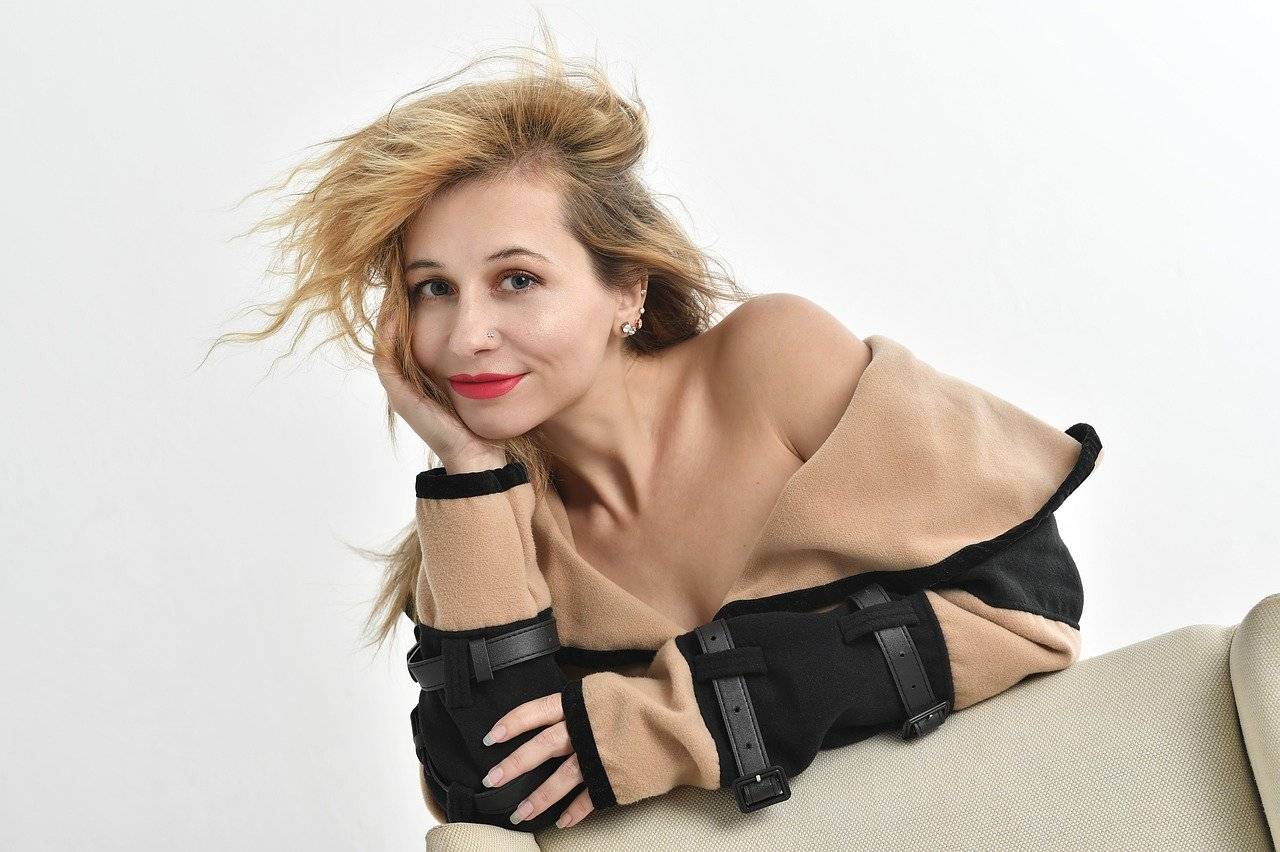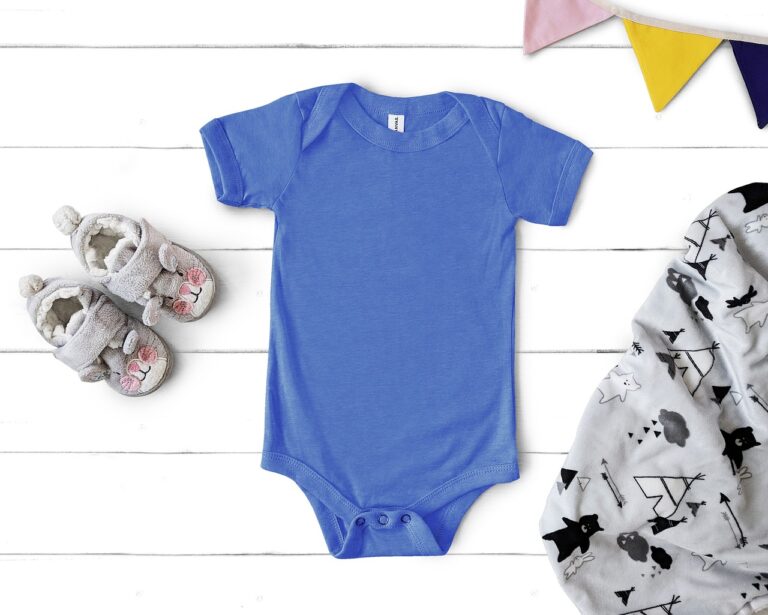Fashion and Inclusivity: The Push for Diverse Representation
The fashion industry has a long-standing history of exclusivity, where certain groups of people have been systematically marginalized and underrepresented. From high-end luxury brands to mainstream retailers, there has been a persistent trend of catering primarily to a narrow demographic, leaving many feeling alienated and excluded. This lack of diversity in fashion not only perpetuates harmful stereotypes but also restricts the industry’s ability to truly embrace the richness of human experience.
Moreover, the gatekeeping practices within the fashion world often extend beyond mere representation, affecting who gets access to opportunities and resources within the industry. This exclusivity has created significant barriers for marginalized communities, making it difficult for aspiring designers, models, and fashion professionals from underrepresented backgrounds to break into the mainstream. By perpetuating a cycle of exclusivity, the fashion industry limits its own potential for innovation and creativity, hindering progress towards a more inclusive and equitable future.
Challenges Faced by Marginalized Communities in Fashion
Marginalized communities in the fashion industry often face significant barriers to entry and advancement. From lack of representation in leadership positions to limited access to resources and opportunities, these individuals encounter systemic challenges that hinder their ability to thrive in the industry. Despite efforts to promote diversity and inclusion, many marginalized groups continue to struggle to break through the traditional norms and biases that prevail in the fashion world.
Furthermore, stereotypes and discrimination can also pose obstacles for marginalized communities in the fashion industry. Preconceived notions about certain groups can limit their opportunities for success and perpetuate harmful narratives. This cycle of exclusion not only impacts individuals on a personal level but also perpetuates a homogenous industry that fails to reflect the rich diversity of society.
What is the history of exclusivity in the fashion industry?
The fashion industry has a long history of exclusivity, with certain communities being marginalized and underrepresented.
What are some of the challenges faced by marginalized communities in the fashion industry?
Marginalized communities face challenges such as lack of representation, limited access to opportunities, discrimination, and cultural appropriation.
How can the fashion industry work towards being more inclusive?
The fashion industry can work towards being more inclusive by actively seeking out and supporting marginalized designers, models, and creatives, as well as promoting diversity and representation in all aspects of the industry.
What can consumers do to support marginalized communities in fashion?
Consumers can support marginalized communities in fashion by choosing to shop from brands that prioritize diversity and inclusivity, speaking out against cultural appropriation, and supporting initiatives that aim to promote diversity in the industry.





